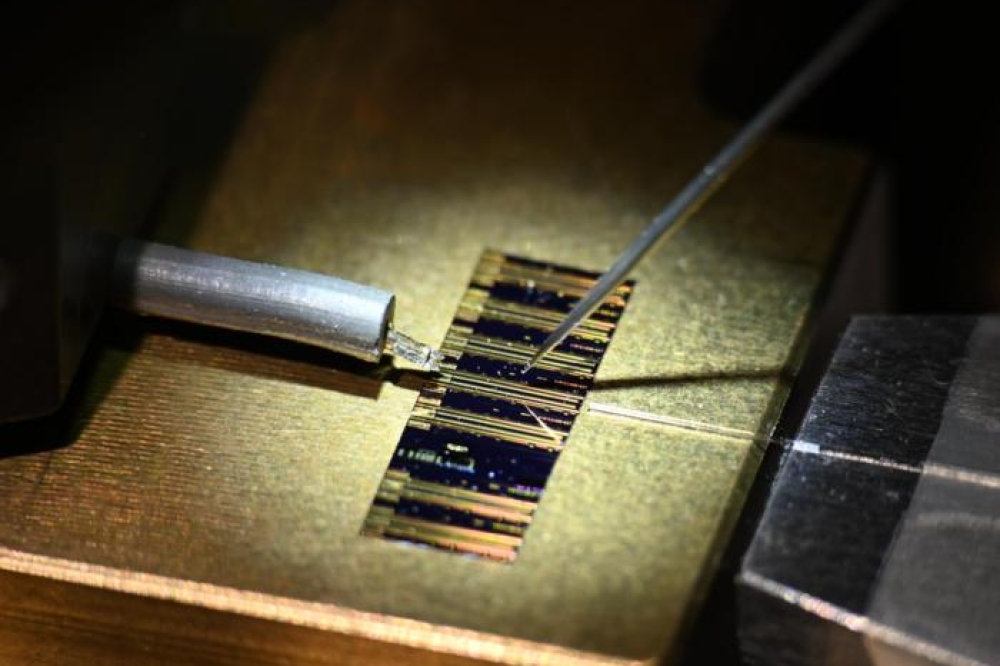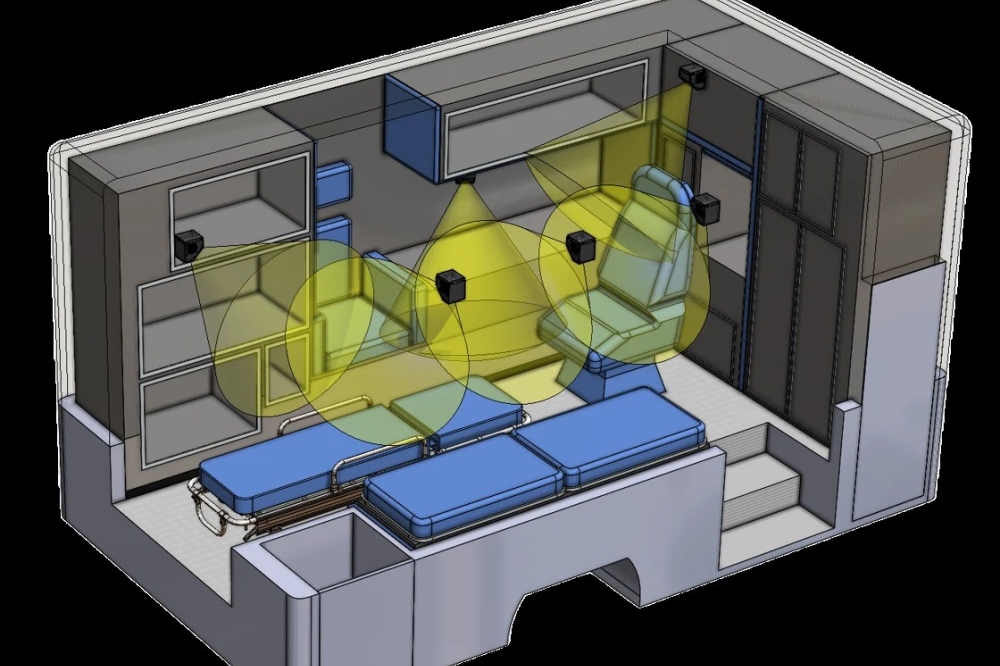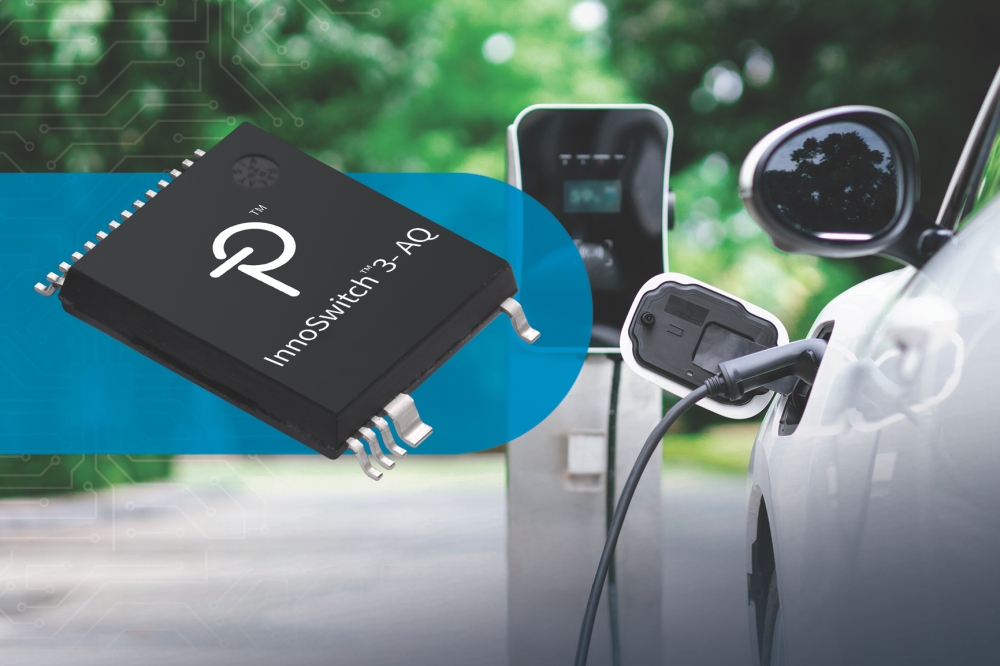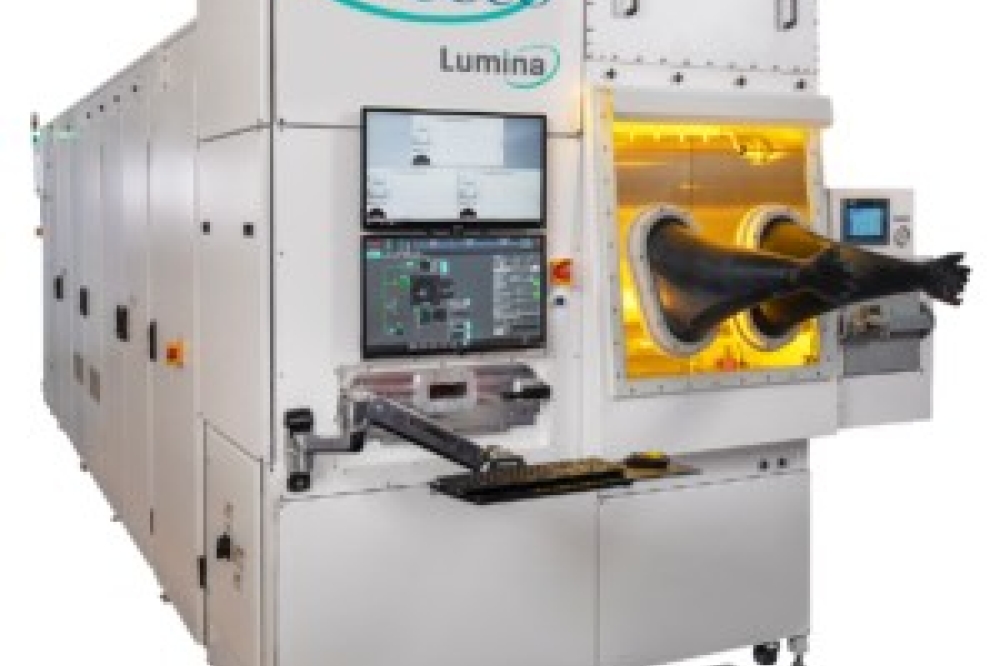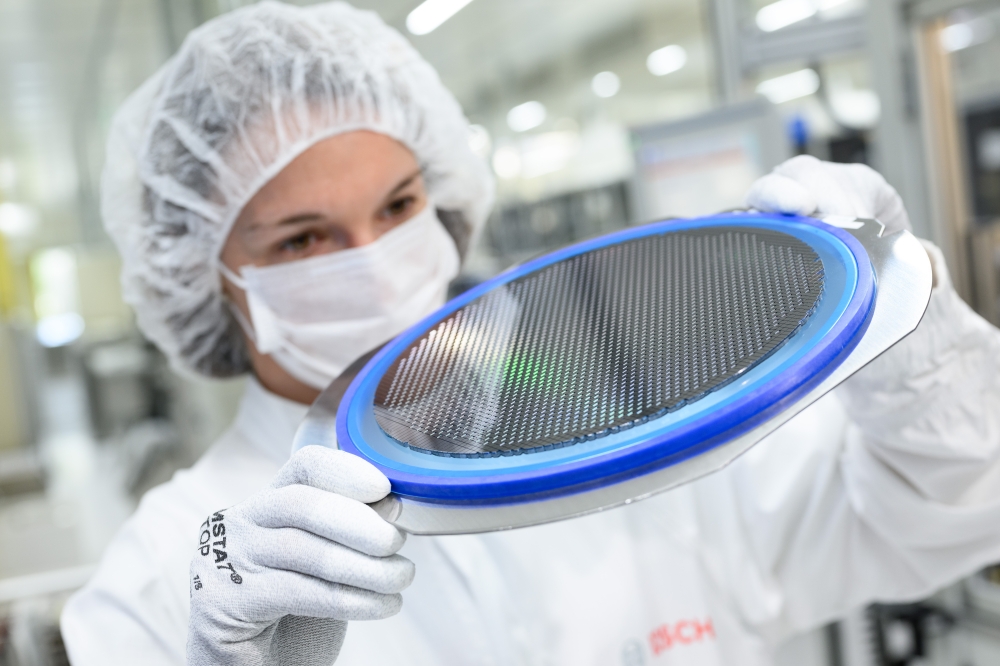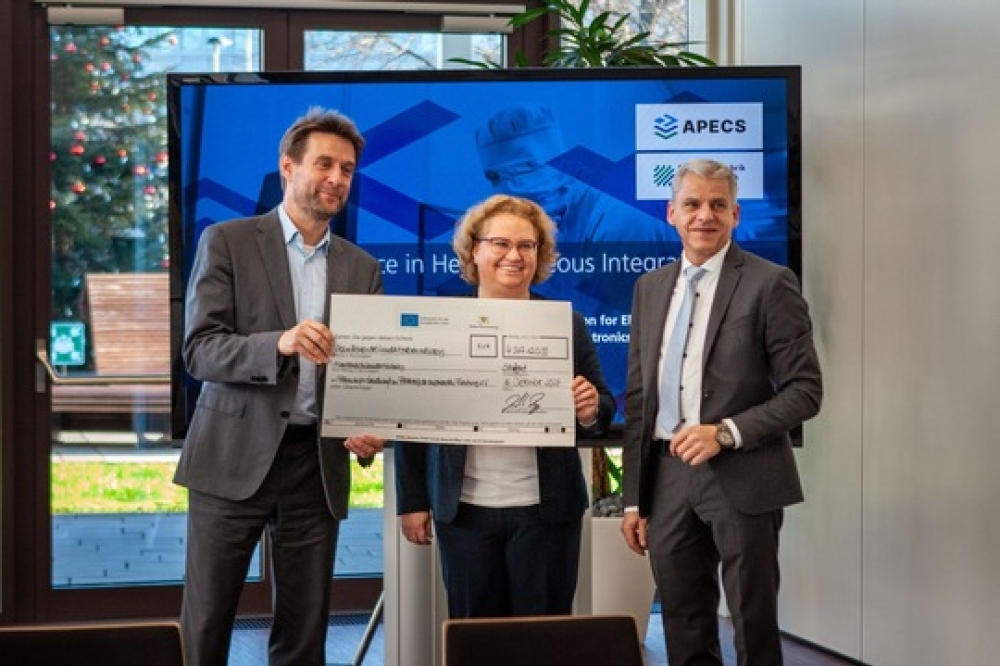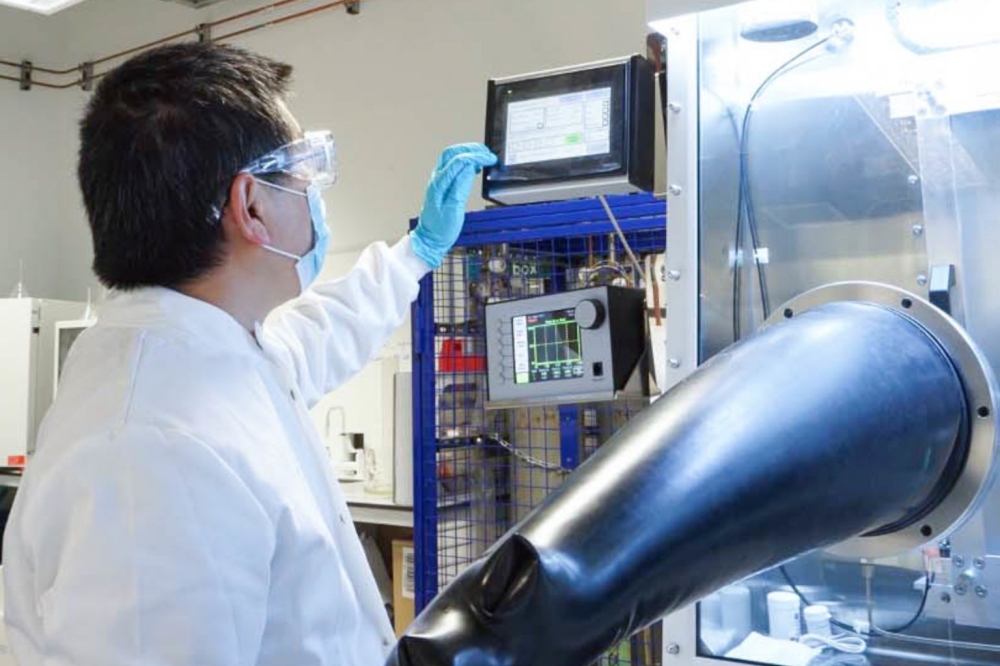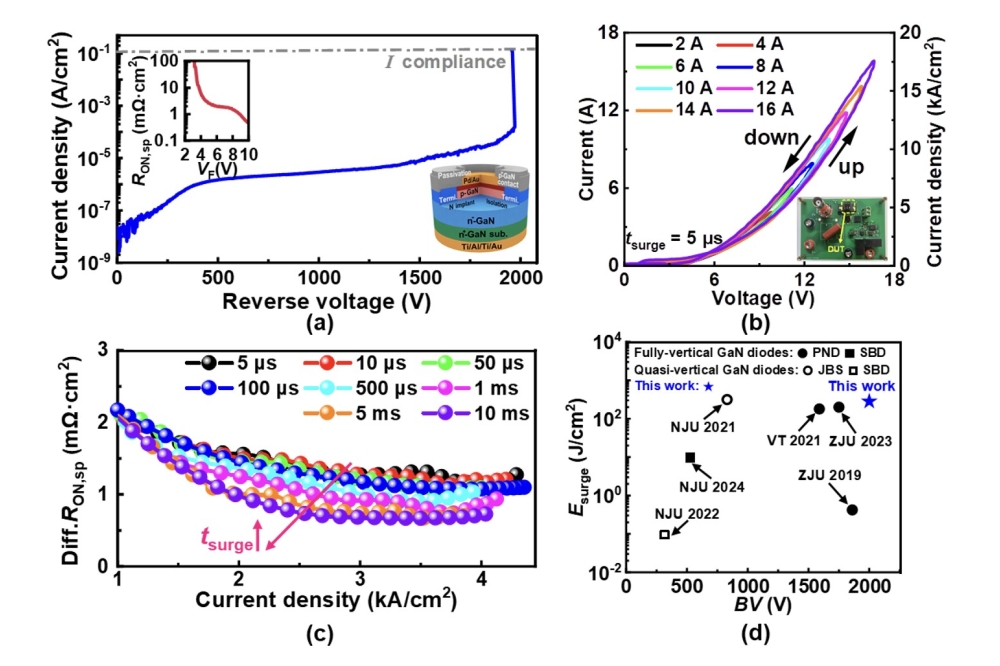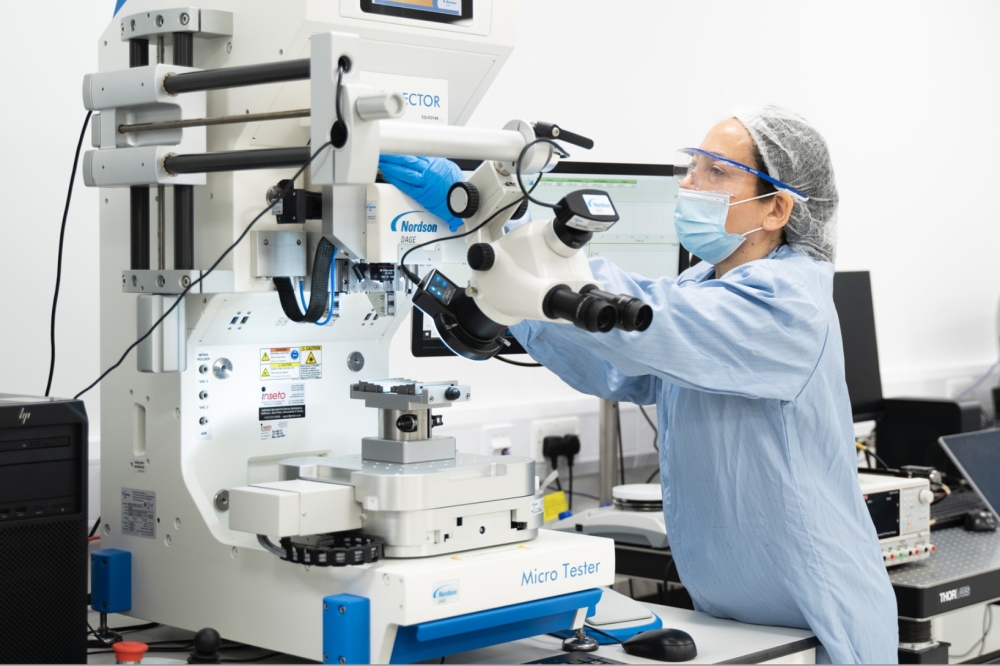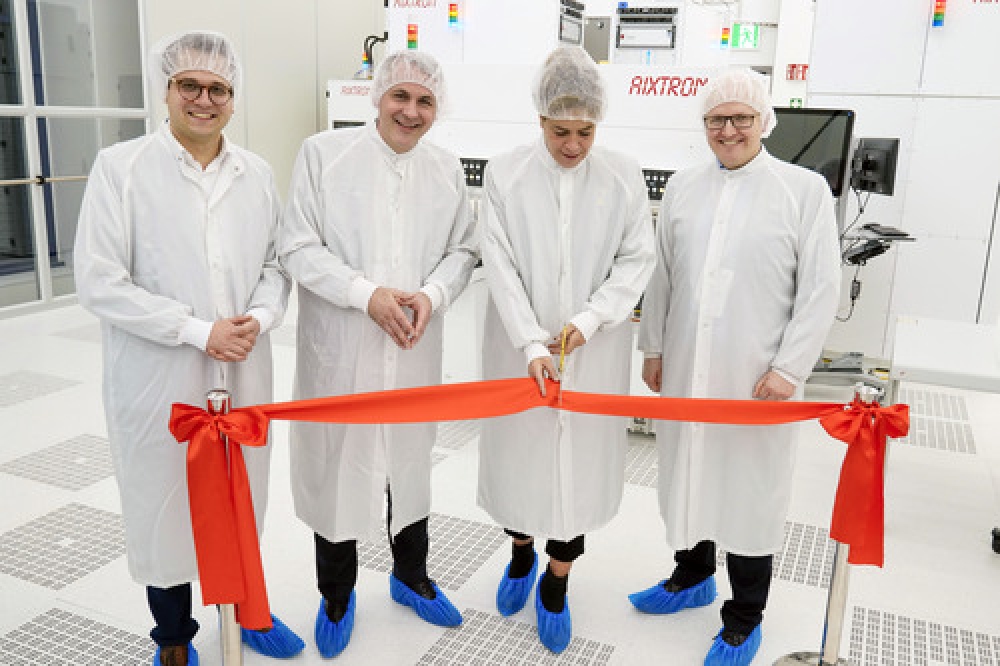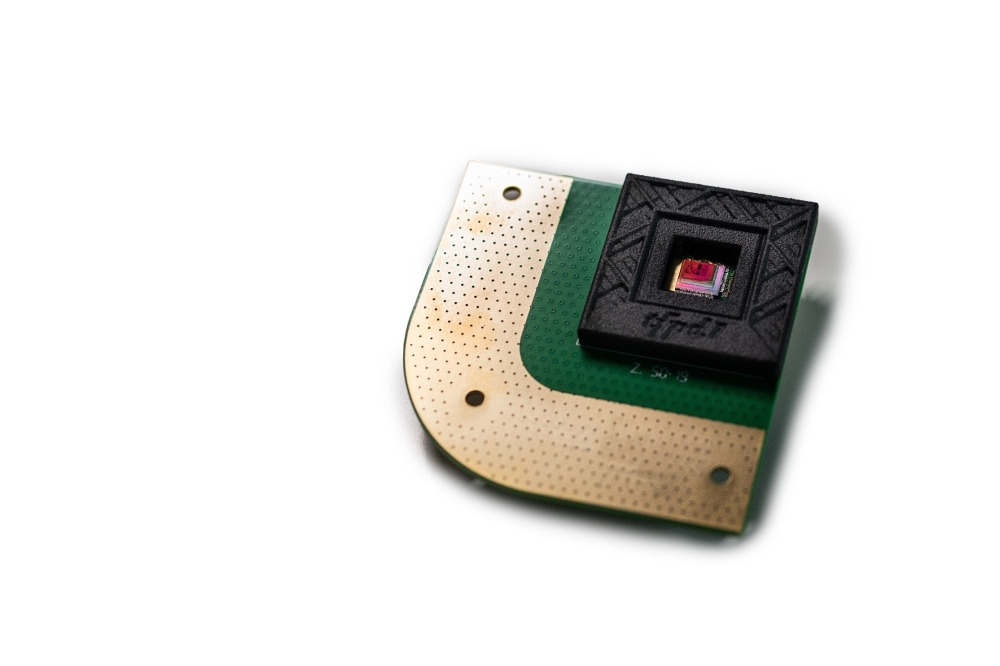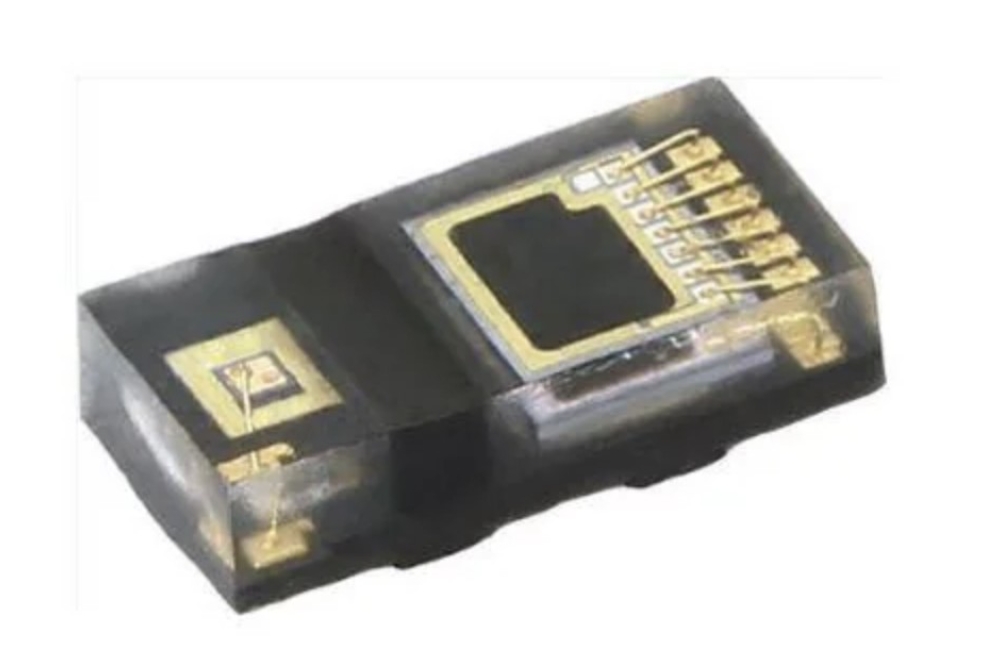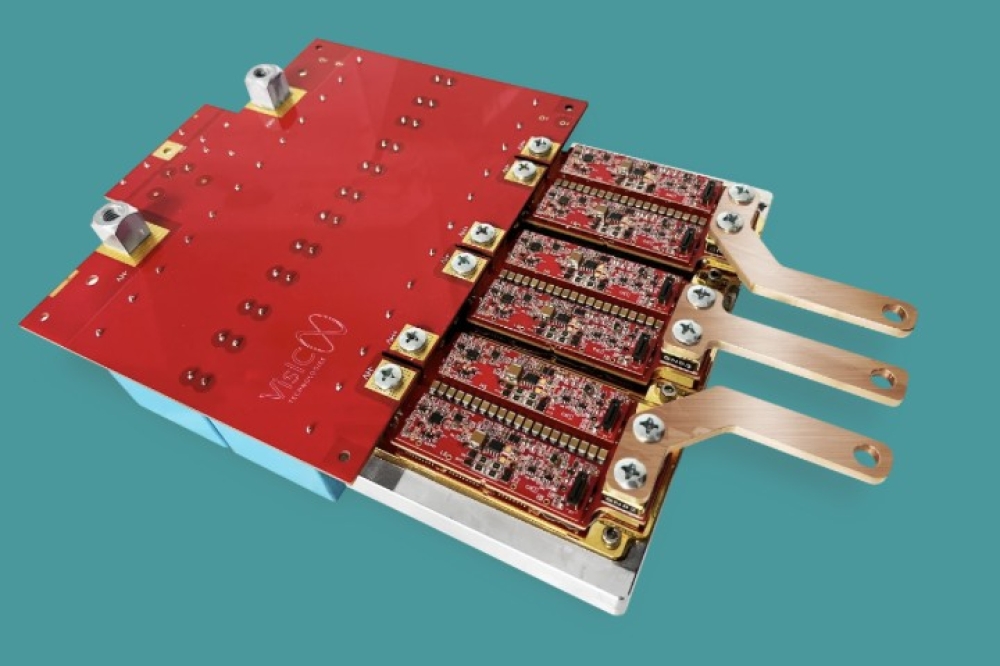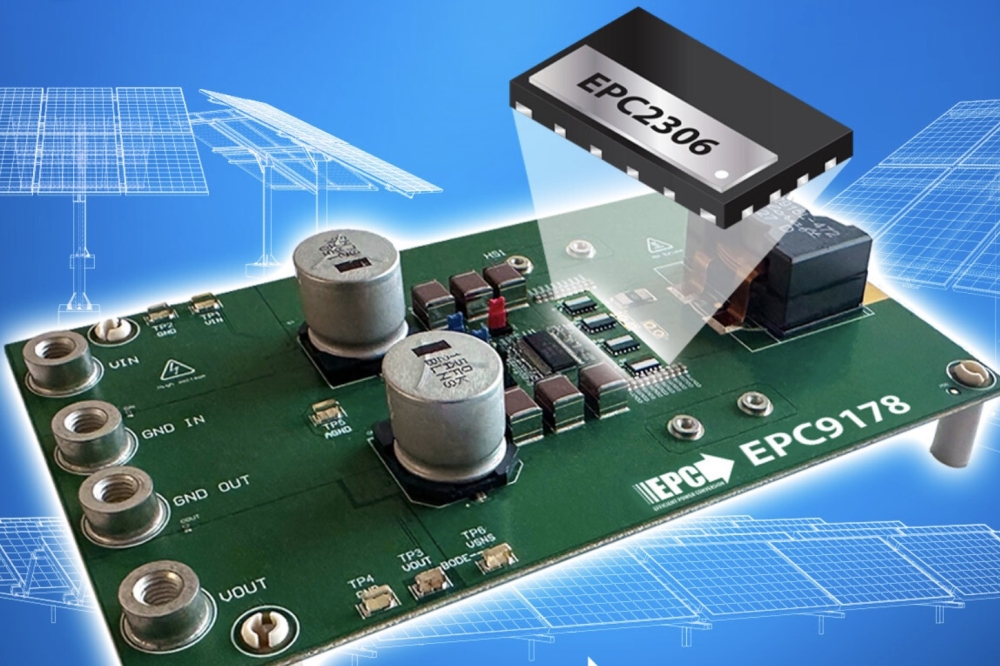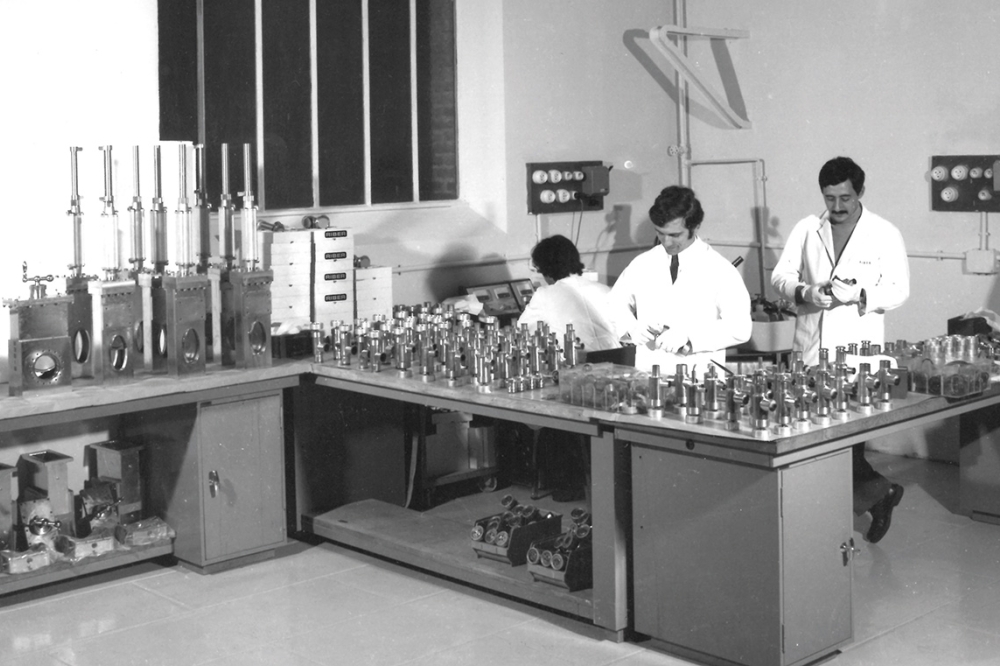News Article
IMRE uses LayTec tool for 200mm GaN-on-silicon
The EpiCurve Triple TT in-situ monitoring system is being used to develop epiwafers for InGaN/GaN LEDs and GaN power electronic devices
In his invited talk at the LED Technology Forum in Singapore Sudhiranjan Tripathy of IMRE (Institute of Materials and Research Engineering, A*STAR revealed the latest results of GaN growth on 200 mm diameter silicon.
The conference took place between 7th and 10th May.
Tripathy's team uses LayTec‘s in-situ monitoring system EpiCurveTriple TT to develop epiwafers for InGaN/GaN LEDs and GaN power electronic devices.
EpiCurve Triple TT is ideally suited for 200 mm real time wafer characterisation because of its 3 sensor heads for radial analysis of growth conditions. It provides wafer bow and temperature measurements, as well as simultaneous detection of growth rate and surface morphology.

Fig. 1: Reflectance monitoring of AlGaN/GaN HEMT structure grown on 1.0 mm thick 200 mm diameter Si (111) at IMRE: blue - 405 nm, green - 633 nm, red - 950 nm
Fig. 1 shows reflectance profiles at 3 wavelengths: 950 nm for emissivity correction of pyrometry, 633 nm for analysis of thick layers e.g. GaN buffer, and 405 nm for thin layers. Fig. 2 demonstrates how the 405 nm reflectance is used for individual in-situ tuning of each well and barrier within the multiquantum wells stack.
The in-situ signal (Fig. 2 - left) perfectly corresponds with the multi-quantum wells (MQWs), which can be seen in the scanning transmission electron microscopy (sTEM, Fig. 2 - right).

Fig. 2: 405 nm reflectance (left) of InGaN/GaN MQW stacks and the corresponding STEM image of the MQWs (right).
According to Tripathy‘s team, LayTec in-situ metrology is a key element for identifying the epitaxial process spotentials. In comparison to the time consuming, destructive ex-situ cross section transmission electron microscopy analysis, the in-situ tool provides real time information on growth thickness and homogeneity already during growth.
LayTec says its system has reduced significantly IMRE‘s R & D cycles for epitaxial growth optimisation and enables faster industrialisation of the GaN-on-Silicon technology.
The conference took place between 7th and 10th May.
Tripathy's team uses LayTec‘s in-situ monitoring system EpiCurveTriple TT to develop epiwafers for InGaN/GaN LEDs and GaN power electronic devices.
EpiCurve Triple TT is ideally suited for 200 mm real time wafer characterisation because of its 3 sensor heads for radial analysis of growth conditions. It provides wafer bow and temperature measurements, as well as simultaneous detection of growth rate and surface morphology.

Fig. 1: Reflectance monitoring of AlGaN/GaN HEMT structure grown on 1.0 mm thick 200 mm diameter Si (111) at IMRE: blue - 405 nm, green - 633 nm, red - 950 nm
Fig. 1 shows reflectance profiles at 3 wavelengths: 950 nm for emissivity correction of pyrometry, 633 nm for analysis of thick layers e.g. GaN buffer, and 405 nm for thin layers. Fig. 2 demonstrates how the 405 nm reflectance is used for individual in-situ tuning of each well and barrier within the multiquantum wells stack.
The in-situ signal (Fig. 2 - left) perfectly corresponds with the multi-quantum wells (MQWs), which can be seen in the scanning transmission electron microscopy (sTEM, Fig. 2 - right).

Fig. 2: 405 nm reflectance (left) of InGaN/GaN MQW stacks and the corresponding STEM image of the MQWs (right).
According to Tripathy‘s team, LayTec in-situ metrology is a key element for identifying the epitaxial process spotentials. In comparison to the time consuming, destructive ex-situ cross section transmission electron microscopy analysis, the in-situ tool provides real time information on growth thickness and homogeneity already during growth.
LayTec says its system has reduced significantly IMRE‘s R & D cycles for epitaxial growth optimisation and enables faster industrialisation of the GaN-on-Silicon technology.

